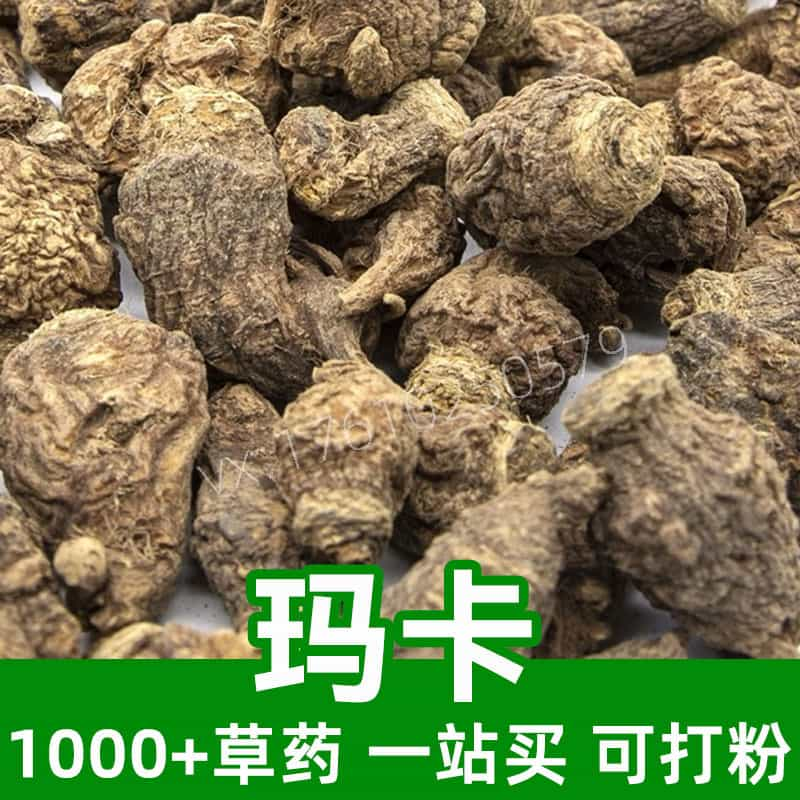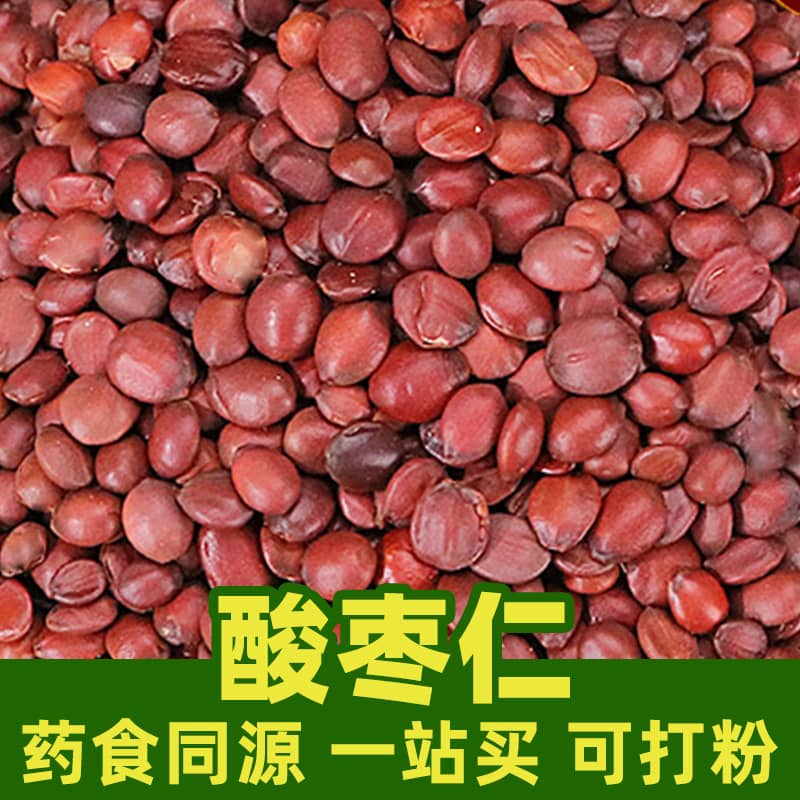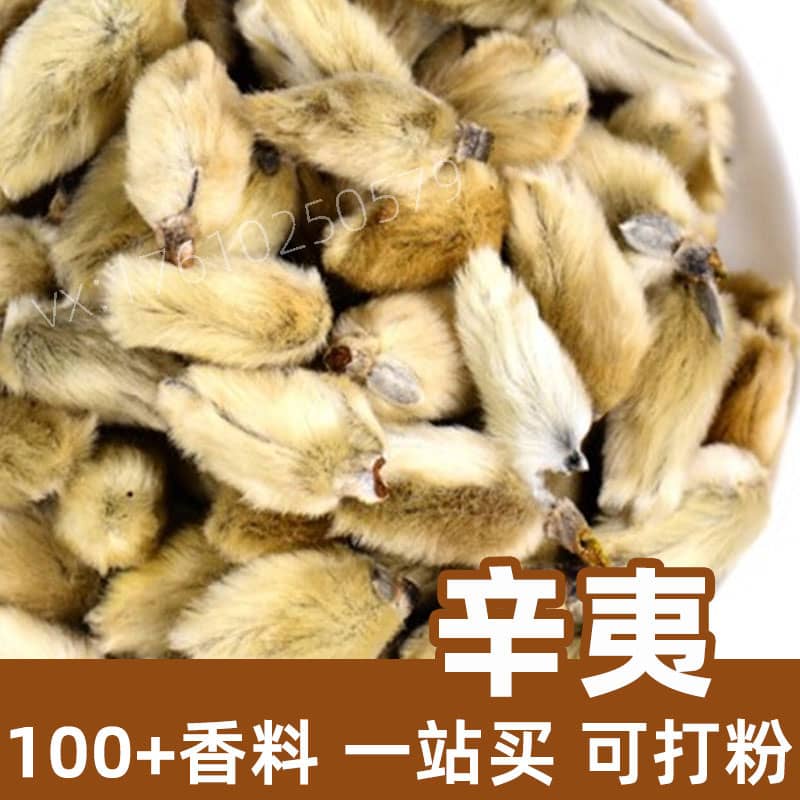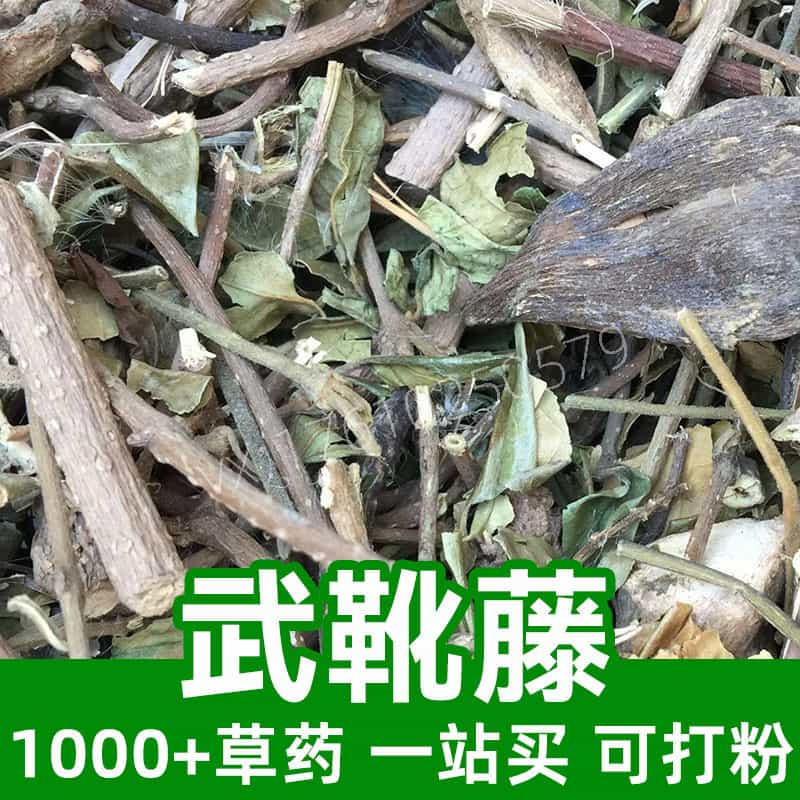Cabinda Bark Product Introduction
Cabinda bark is a traditional herbal material extracted from the bark of the Cabinda tree (*Cinnamomum cassia Presl*). Its main components include volatile oils, with cinnamaldehyde being the most significant. Primarily sourced from subtropical regions, Cabinda bark is a common traditional Chinese medicinal ingredient. In Chinese medicine, it is valued for its ability to warm yang energy, promote qi and blood circulation, and alleviate nausea. It is often used to treat yang deficiency, improve digestion, and relieve stomach pain.
In the food industry, Cabinda bark is widely used as a flavoring agent to enhance taste and aroma in products like pastries, desserts, and coffee.
Key Active Components of Cabinda Bark
Cabinda bark is a significant herbal material known for its active components, primarily volatile oils and other chemical compounds. The content of volatile oils varies by region and growth conditions, typically ranging from 1% to 3%.
Major volatile oil components include:
- Cinnamaldehyde: The primary component, promoting yang energy, qi circulation, and alleviating nausea.
- Cinnamic Acid: Offers antioxidant, antibacterial, and anti-inflammatory properties, inhibiting certain bacteria and fungi.
- Cinnamyl Alcohol: Provides antibacterial, anti-inflammatory effects and supports cardiovascular health by dilating blood vessels.
- Cinnamone: Exhibits anti-inflammatory, analgesic, and antibacterial effects, inhibiting specific bacteria and fungi.
In addition to volatile oils, Cabinda bark contains various flavonoids, alkaloids, and polysaccharides, which enhance its pharmacological activity through complementary and synergistic effects.
Overall, the active components of Cabinda bark provide benefits such as warming, promoting qi and blood circulation, antibacterial, and anti-inflammatory effects, making it widely used in traditional medicine.
Applications and Usage of Cabinda Bark
Cabinda bark has broad applications in traditional medicine and the food industry, including:
- Traditional Medicine:
- Warming Yang Energy: Supports kidney yang deficiency and alleviates cold-induced discomfort.
- Promoting Qi and Blood Circulation: Useful for blood stasis, dysmenorrhea, and stagnant qi.
- Alleviating Nausea: Addresses cold-induced vomiting and diarrhea.
- Improving Digestion: Warms and strengthens the spleen and stomach to relieve indigestion and cold-related digestive issues.
- Food Applications:
- Flavoring Agent: Adds a warm, spicy aroma to dishes.
- Tea Blends: Enhances flavor and aroma in herbal teas.
- Functional Foods: Incorporated into recipes like honey-infused soups or pastries for health benefits.
- Usage and Dosage:
- Decoction: Slice or grind, boil with water, and consume 10-15g daily in one to two doses.
- Tea Infusion: Add to a teapot, pour hot water (80-90°C), and steep for 5-10 minutes.
- Seasoning: Use powdered or sliced bark in cooking, adjusting the quantity based on taste preferences.
Proper usage ensures the bark’s maximum efficacy in both traditional and culinary applications.
Cabinda Tree Overview, Distribution, and Growth Conditions
[Botanical Information]
- Chinese Name: Cabinda Tree
- Aliases: Camphor Tree, Lauraceae Tree
- Scientific Name: Cinnamomum camphora
- Characteristics: Evergreen tree with gray or brownish-gray bark, broad canopy, and elliptical or ovate leathery leaves. Produces small cymes and spherical or oval berries.
[Distribution]
- Native Region: Southern China (Fujian, Guangdong, Guangxi, Jiangxi, Zhejiang)
- Current Range: Found across Asia, Southeast Asia, and tropical and subtropical regions like Japan, Vietnam, Indonesia, and Taiwan.
[Growth Environment]
- Climate: Prefers warm, humid climates with temperatures between 20-30°C.
- Soil: Thrives in fertile, well-drained, slightly acidic to neutral soils.
- Light: Requires ample sunlight but adapts to semi-shaded areas.
[Growth Habits]
- Moderate growth rate, achieving large size over decades. Propagated via seeds, cuttings, or division.
Harvesting, Processing, and Storage of Cabinda Bark
[Harvest Timing]
- Optimal Period: Spring or autumn, when active components are most concentrated.
[Harvesting Method]
- Manual Extraction: Carefully strip bark using specialized tools to minimize tree damage.
[Processing Steps]
- Cleaning: Remove impurities.
- Drying: Air-dry or use low-temperature methods to achieve suitable moisture levels.
- Cutting or Grinding: Prepare for specific applications.
[Storage Guidelines]
- Sealing: Keep in a ventilated, dry area to avoid moisture.
- Sunlight: Protect from direct sunlight to preserve active components.
- Temperature: Store between 15-25°C.
[Quality Checks]
- Inspect appearance for mold or unusual odors.
- Periodically test for active components to ensure consistency.
Proper handling safeguards Cabinda bark’s quality and efficacy for both medicinal and culinary uses.
Monica Sun is a seasoned expert in the natural raw materials industry, with over a decade of experience specializing in traditional Chinese medicinal herbs, spices, and fungi. She is skilled in the sourcing, processing, and application of these materials, emphasizing sustainability and innovation. Monica Sun has contributed to the development of high-quality natural raw materials that serve as essential components in functional foods, pharmaceuticals, and cosmetics, delivering tailored solutions to meet diverse market needs.
















